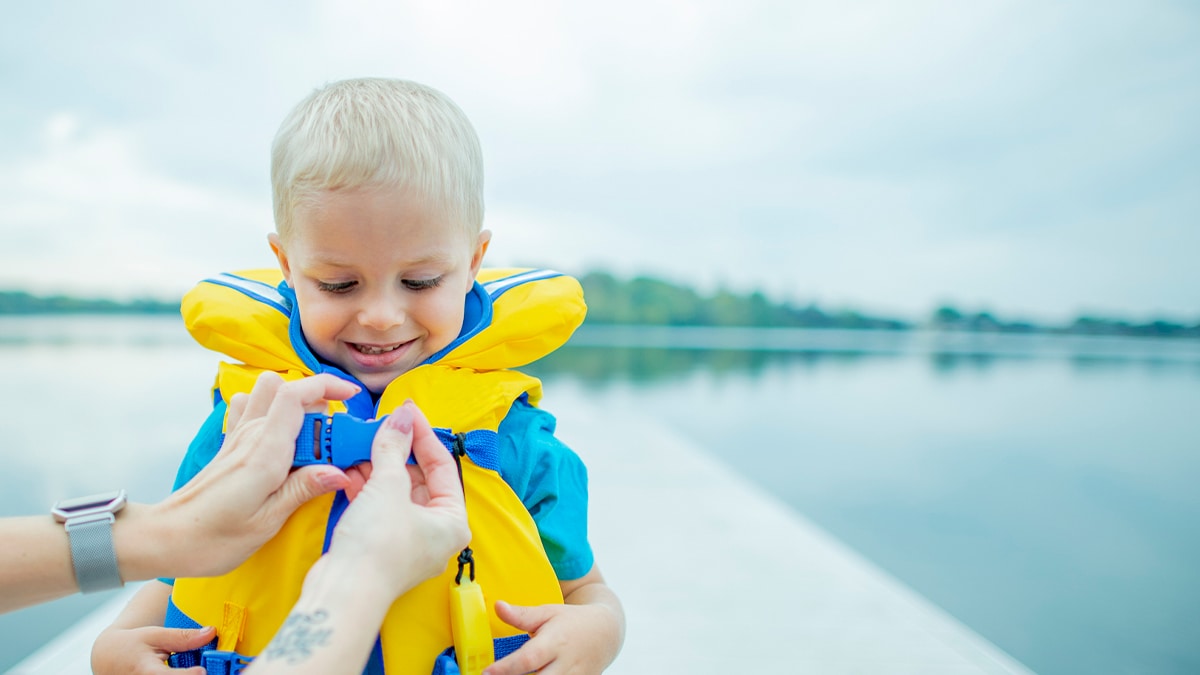At a glance
There are steps that you, as a parent or caregiver of a child with a disability, can take to keep him or her safe.

Challenges with moving and handling things
Sometimes children are faced with unsafe situations, especially in new places. Children who have limited ability to move, see, hear, or make decisions, and children who do not feel or understand pain might not realize that something is unsafe, or might have trouble getting away.
Safety equipment
Safety equipment is often developed for age and size, and less for ability. For example, a major cause of child death is motor vehicle crashes. Keeping your child safe in the car is important. When choosing the right car seat, you might need to consider whether your child has difficulties sitting up or sitting still in the seat, in addition to your child's age, height, and weight. If you have a child with disabilities, talk to your healthcare professional about the best type of car seat or booster seat and the proper seat position for your child.
Other examples of special safety equipment:
- Life jackets may need to be specially fitted for your child.
- Smoke alarms that signal with a light and vibration may be better in a home where there is a child who cannot hear.
- Hand rails and safety bars can be put into homes to help a child who has difficulty moving around or a child who is a greater risk for falling.
Speak to your healthcare professional about the right equipment for your child and have this equipment ready and available before you may need it.
Problems with talking or understanding
Children who have problems communicating might have limited ability to learn about safety and danger. For example, children who cannot hear might miss spoken instructions. Children who have trouble understanding or remembering might not learn about safety as easily as other children. Children who have a hard time communicating might not be able to ask questions about safety. Adults might think children with disabilities are aware of dangers when they actually are not.
You may need to find different ways to teach your child about safety, such as
- Showing them what to do
- Using pretend play to rehearse
- Practicing on a regular basis
You may need to find different ways to let children communicate that they are in danger. For example, you might teach your child to use a whistle, bell, or alarm that can alert others to danger. Tell adults who take care of your child about the ways to communicate with your child if there is any danger.
It's also useful to contact your local fire department and explain any special circumstances you have, so they don't have to rely on the child or others to explain their special needs in case of an emergency.
Problems with making decisions
Children might have limited ability to make decisions either because of developmental delays or limits in their thinking skills, or in their ability to stop themselves from doing things that they want, but should not do.
For example, children with attention-deficit/hyperactivity disorder (ADHD) or fetal alcohol spectrum disorders (FASDs) might be very impulsive and fail to think about the results of their actions. People often put more dangerous things higher up, so that little children cannot reach them. Your older child might be able to reach something that he or she is not ready to handle safely. Check your child's environment, particularly new places.
Some children might also have problems distinguishing when situations and people are safe or dangerous. They might not know what to do. Parents and caregivers can give children specific instructions on how to behave in certain situations that might become dangerous.
Chances to move and explore
Children with disabilities often need some extra protection. But just like all children, they also need to move and explore so that they can develop healthy bodies and minds. Exploring can help children learn what's safe and what might be difficult or dangerous. Being fit and healthy can help children stay safe, and an active lifestyle is important for long-term health.
Children with disabilities might find it hard to take part in sports and active play—for example, equipment may need to be adjusted, coaches may need extra information and support to help a child with a disability, or a communication problem may make it more difficult for some children to play as part of a team.
